18 Best Free Garden Hacks to Save Time and Money
Free garden hacks can revolutionize how you maintain and enhance your outdoor area without breaking the bank. These clever tricks simplify tasks like watering, pest control, and plant care, using items you may already have at home.
Incorporating these hacks into your routine saves time and money, making gardening more accessible and enjoyable for everyone. Many of these ideas focus on sustainability, encouraging eco-friendly practices that benefit both your garden and the environment.
Whether you’re an experienced gardener or a beginner, these hacks make gardening easier and more efficient. Check out 18 genius free garden hacks that will transform your gardening experience.
DIY Plant Markers From Broken Pots
Creating plant markers from broken pots presents a practical solution for garden organization while minimizing waste. You can transform discarded pottery into functional labels that clearly identify each plant.
This clever approach not only conserves materials but also introduces the warm, earthy tones of terra cotta to your outdoor space. Enjoy personalizing your garden with these unique markers that reflect creativity and sustainability in one go.
Your plants will stand out beautifully against the backdrop of repurposed clay pieces, making gardening even more enjoyable and organized.
Natural Garden Pest Control
Natural pest management is crucial for maintaining a healthy garden. Cabbages may appear robust, but they can easily fall prey to destructive cabbage flies.
Protecting your crops involves surrounding them with insect nets and utilizing collars around their stems. Creating these collars from sturdy materials like thick plastic or fabric ensures durability against rain and wind.
Simply cut out a circle from the chosen material, slice it halfway through, then make small cuts in a circular pattern to allow the cabbage room to grow while keeping pests at bay during early growth stages. Firmly pressing these collars into the soil eliminates air gaps between them and your plants.
Temporary Vegetable Protection
Gardening can be quite a challenge, especially with unpredictable weather and pesky animals threatening your crops. One effective method to safeguard your vegetables involves using mason jars.
These glass containers, traditionally used for preserving food, serve multiple purposes in the garden. They act as mini greenhouses by trapping warmth around individual plants during chilly nights while also keeping pests at bay.
You simply place these jars over each plant, ensuring they fit snugly against the soil to create an ideal micro-climate. In warmer hours, just lift them off to let sunlight and rain nourish your plants without causing any heat stress or damage from insects.
Zero Dollar Trellis
Creating a zero-cost trellis can elevate your gardening game without straining your budget. Start with old bicycle wheels, which serve as an innovative base for supporting climbing plants.
If desired, you might add a splash of color with paint and brushes to personalize it further. Securing the wheels in place requires screws and anchors, while garden twine or wire will help support the plants as they grow upward.
This project not only enhances your outdoor aesthetics but also encourages lush greenery in any space you cultivate.
A Low-Tech Gravity Fed Drip Irrigation
Efficient watering can be achieved without relying on electricity, making it especially valuable in regions with limited resources.
Utilizing gravity allows water to flow steadily and directly into the roots of your plants, ensuring they receive adequate moisture.
To create this system, gather essential materials such as two-liter plastic bottles or similar containers, a sharp tool like scissors or a utility knife for cutting holes, tubing for distribution, stakes to hold everything in place, and an elevated water source like a raised platform.
Setting up is straightforward; simply fill the bottles with water and position them where needed to facilitate consistent irrigation throughout your garden.
Plastic Bottle Fruit Picker
Harvesting fruit from tall trees can be a challenge, but an innovative solution exists in the form of a DIY tool.
By repurposing a plastic bottle and attaching it to a sturdy pole, you create an effective gadget for picking those elusive fruits without risking injury.
This simple method not only keeps you safe from climbing hazards but also ensures that your harvest remains intact and undamaged.
To construct this handy device, gather essential materials such as a 2-liter plastic bottle with its cap, along with either wooden or metal poles measuring around four to six feet long.
Seed Starting in Mini Greenhouses
Mini greenhouses offer a fantastic solution for nurturing young plants while shielding them from inclement weather.
These seed starting trays, often featuring transparent tops, foster an ideal environment that boosts germination and supports seedlings in their crucial early stages.
To assemble your mini greenhouse, gather materials such as small steel frames resembling umbrellas, clear plastic sheeting or nylons, garden stakes or wooden dowels, along with twine or zip ties.
Once constructed, adjust the covering throughout the day by opening it partially during pleasant weather to allow fresh air in; then secure it at night or during harsh conditions to ensure your greens.
DIY Slug Collars
Creating slug collars offers an efficient solution for safeguarding your garden from these pesky pests. These barriers act as a shield, making it hard for slugs to reach your cherished plants.
Using just a plastic bottle and scissors makes the process straightforward. Start by cutting the bottle into rings that fit snugly around each plant base, creating an impassable zone for slugs.
This hands-on project not only protects your greenery but also keeps gardening enjoyable and productive without resorting to chemicals or traps.
Protect Green Bean Seedlings
Protecting your green bean seedlings from animals can be quite a challenge. A clever trick involves using old forks to deter chickens, dogs, and cats from invading your vegetable patch.
By inserting these utensils into the soil around your plants, you create an effective barrier that keeps curious critters at bay. This method is simple yet practical for safeguarding your homegrown vegetables.
You’ll find that this small adjustment makes a significant difference in preserving your garden’s health and productivity.
Recycled Garden Edging
Utilizing recycled materials for garden borders presents a sustainable option that not only minimizes waste but also adds character to your outdoor space. Start by creating a shallow trench where you plan to place the edging, ensuring it fits snugly.
As you arrange these materials, securing them properly is key; employing a level helps maintain an even surface. With some ingenuity and practical thinking, your garden can showcase its unique style while promoting eco-consciousness in landscaping choices.
Redefining spaces with this method speaks volumes about creativity and responsibility towards our environment.
Another Way To Prevent Young Plants From Cutworm Damage
Protecting young plants from cutworm damage is essential for ensuring their healthy development.
One effective technique involves utilizing cardboard tubes, like those from paper towels or toilet rolls.
After planting tomatoes, peppers, sunflowers, or similar seedlings in the soil, slice these tubes into 3-inch sections and split them open along one side.
Wrap each section around the base of a plant and press it about an inch deep into the ground; this forms a barrier that keeps cutworms at bay since they typically lurk just below the surface.
The Fastest Way to Clean Garden Tools
Keeping your garden tools in top shape is vital for their longevity and effectiveness. Routine cleaning plays a key role in preventing the transfer of diseases between plants, ensuring healthy growth.
For standard maintenance, an efficient approach can be employed right after each use to keep dirt at bay. If you encounter tools that are heavily soiled or rusted, more thorough restoration methods will be necessary to bring them back into prime condition.
Prioritizing this care not only extends the life of your equipment but also enhances gardening success overall.
An Easy Way to Edge a Lawn
Edging a lawn plays a crucial role in defining spaces within your yard, ensuring that grass remains neatly contained. By keeping the edges of flower beds and pathways clear from grass overgrowth, you maintain an organized look while enhancing visual appeal.
Incorporating this practice into your gardening tasks can be quite rewarding and straightforward. Regular attention to these borders not only simplifies maintenance but also promotes healthier plant growth by preventing unwanted encroachment.
Enjoying a well-kept landscape becomes effortless when edging is part of your routine care strategy.
Way to Get Rid of Cutworms
Cutworms can wreak havoc on your garden, targeting young seedlings and transplants by munching on their stems close to the ground. These nocturnal pests pose a significant challenge for gardeners aiming to nurture healthy plants.
To safeguard your crops from these destructive caterpillars, consider using creative stem protectors as an effective solution. For sturdier plants such as tomatoes or tomatillos, try inserting nails around the base of each stem; this simple barrier deters cutworms effectively.
Alternatively, plastic drinking straws or toothpicks cut into shorter lengths work well too.
Simple Pea Trellis
A simple trellis can significantly enhance the growth of your pea plants while keeping them healthy. Supporting these climbing plants allows for vertical growth, optimizing garden space and minimizing contact with soil to deter pests and diseases.
Harvesting becomes a breeze when peas are elevated off the ground. To construct this supportive structure, gather some sturdy tree branches that are long and straight along with rope or twine, plus pruning shears or a saw if necessary.
As your peas reach new heights, adding horizontal twine supports will create ample space for climbing, giving your garden an organic feel while ensuring robust plant development.
Blanching Leeks From Toilet Rolls
Using unconventional materials like empty toilet paper rolls can enhance the growth of leeks, producing tender and pale stems perfect for culinary dishes. Start by gathering clean rolls or similar items such as cardboard tubes or PVC pipes.
These will shield the stems from sunlight, encouraging that desirable blanching effect while protecting them from pests. As you wrap each leek with a roll, ensure it covers only the exposed stem while allowing green leaves to flourish above.
Keep adding more material as they grow taller to maintain their pale appearance throughout their development, harvesting becomes easier this way too!
Lettuce in Cloches
Cultivating lettuce in cloches offers a protective solution against harsh weather and pests, ensuring your plants thrive. By using this technique, you can create an optimal environment that shields crops from unfavorable conditions.
It's particularly beneficial during the cooler months of early spring and late fall when temperatures dip. Keeping an eye on temperature levels is essential; ensure good airflow to avoid heat buildup on bright days.
This method not only safeguards your greens but also extends their growing period significantly.
Goodbye Weed
Managing unwanted plants in your garden can feel like a never-ending battle, yet with the right techniques, you can significantly reduce their presence. A practical and eco-friendly method involves utilizing newspapers to shield desirable plants from invasive species while simultaneously conserving soil moisture.
Start by gathering some black-and-white newspapers, avoid those with colored ink for best results. You might also consider adding mulch for extra protection if desired.
By implementing this approach, I’ve found my gardening efforts more fruitful and enjoyable without relying on harmful chemicals or excessive effort.

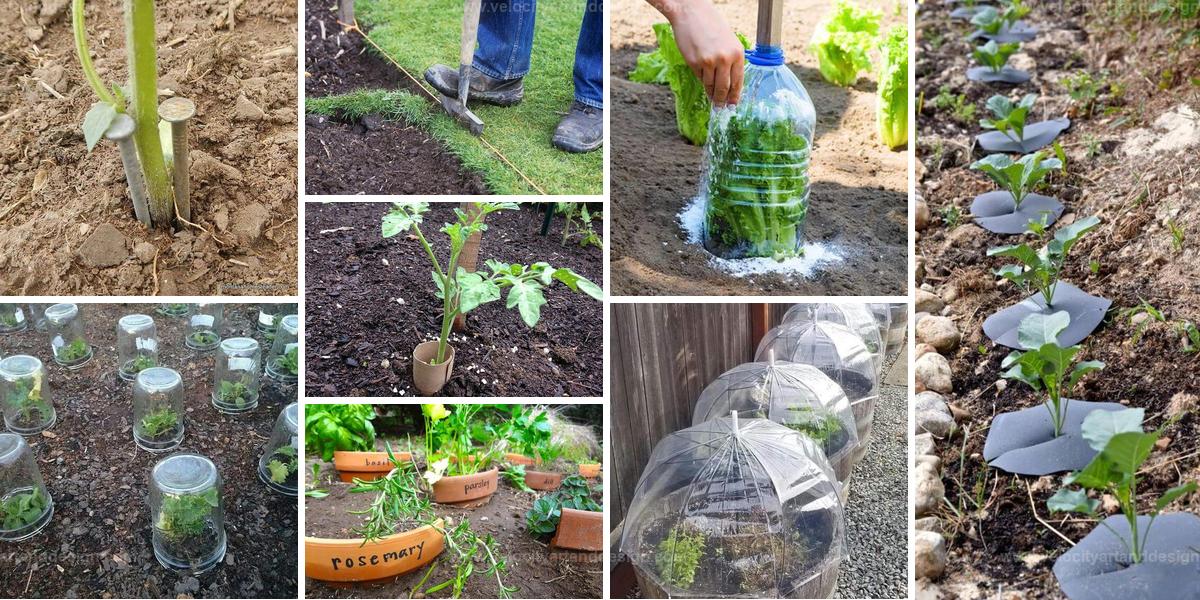
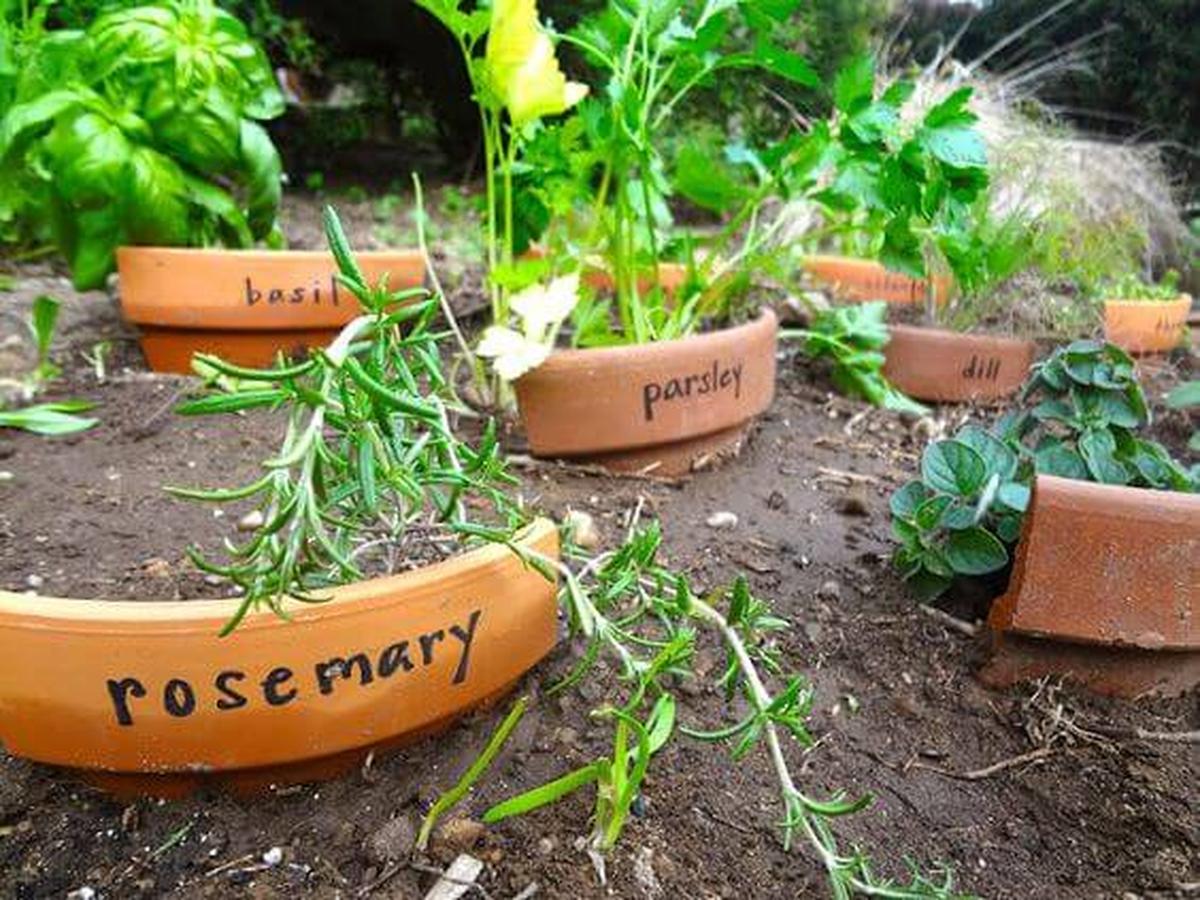
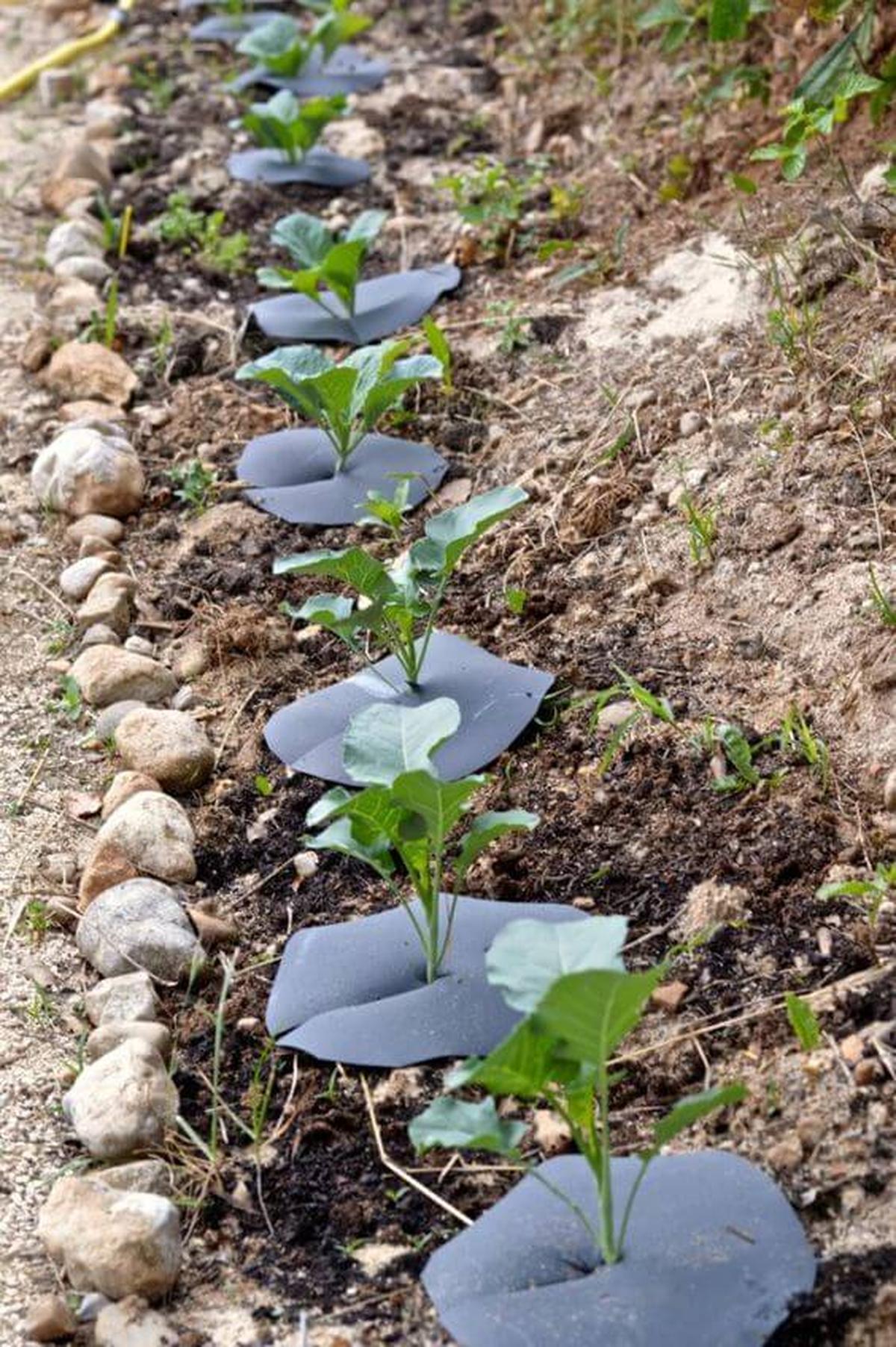
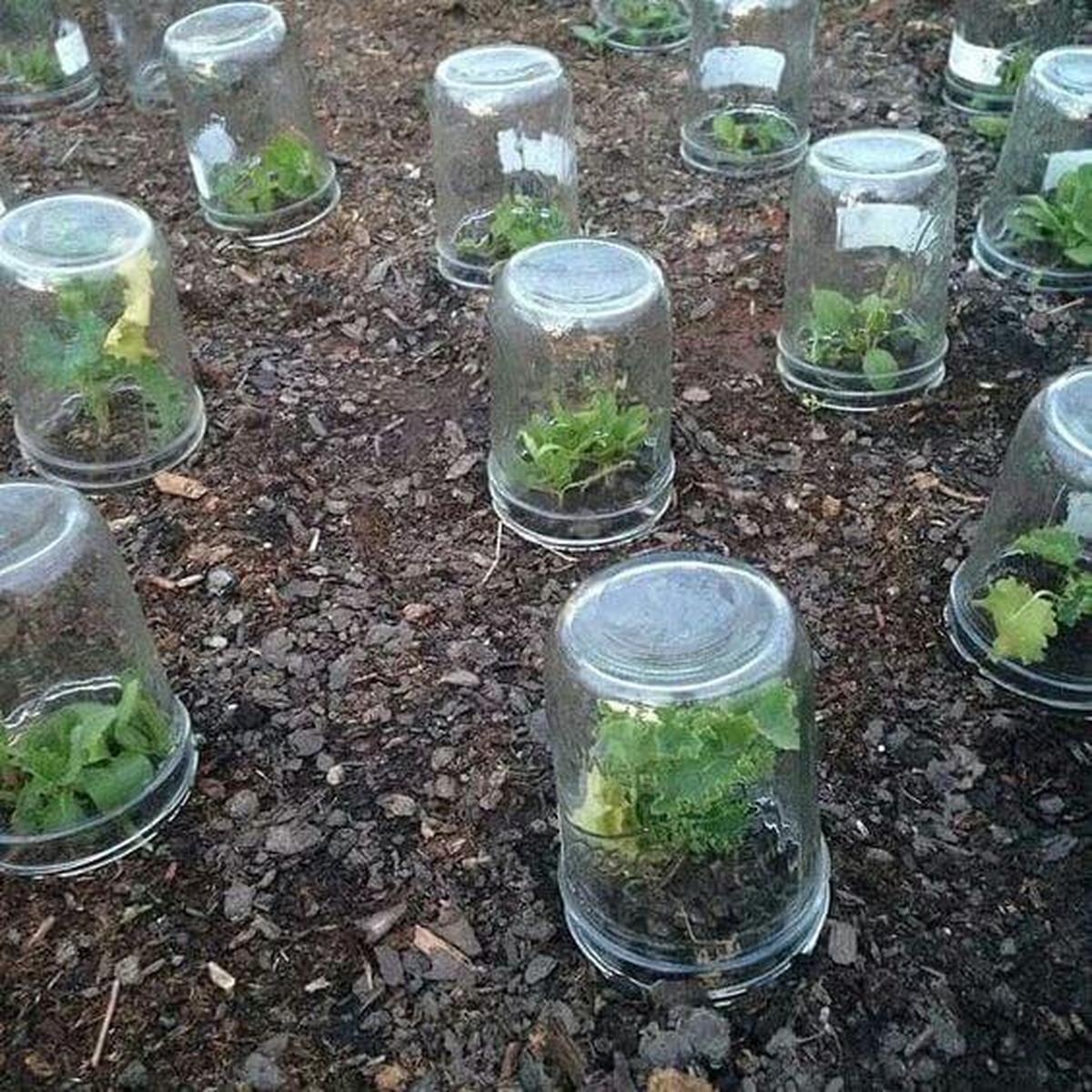
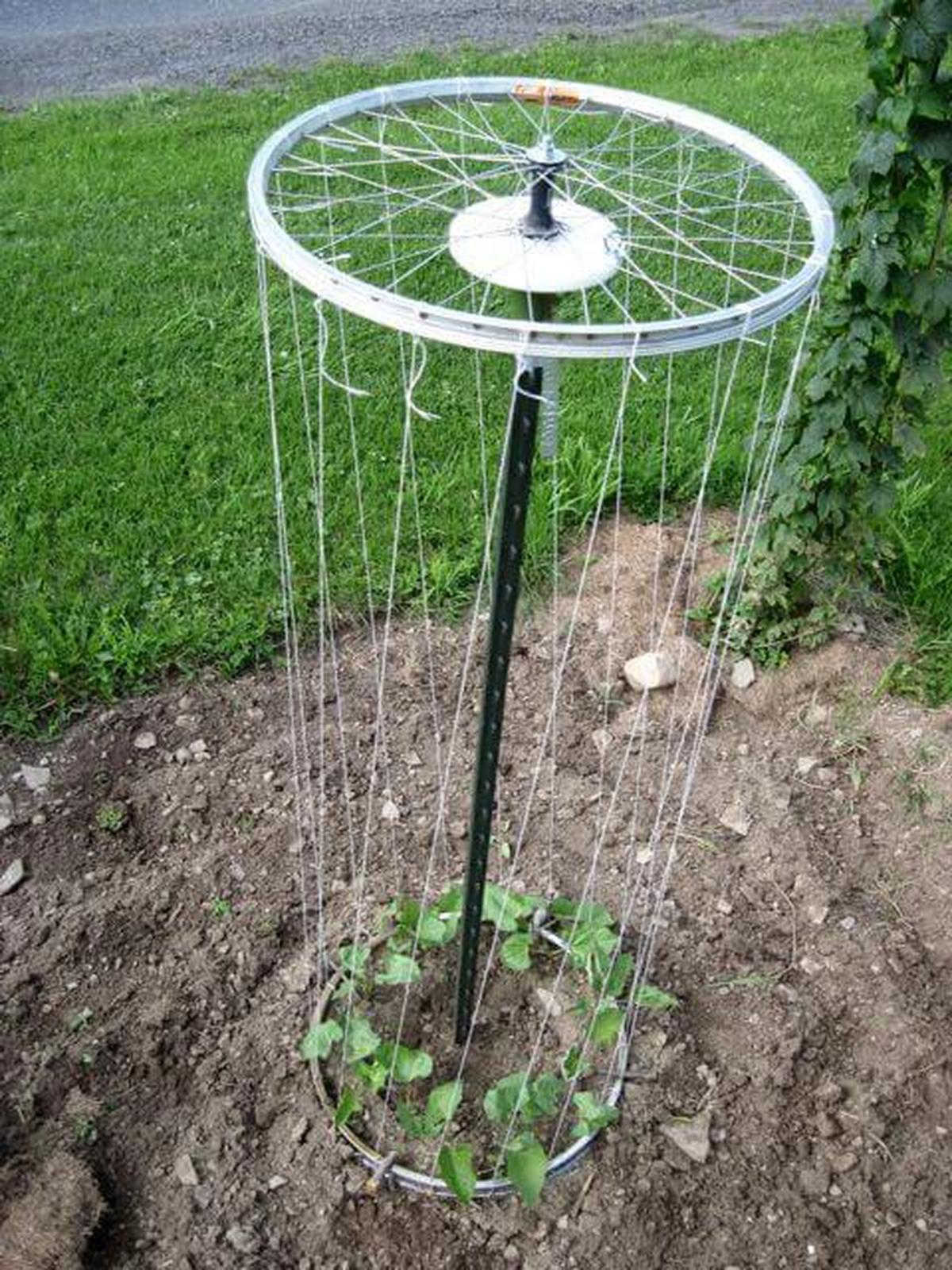
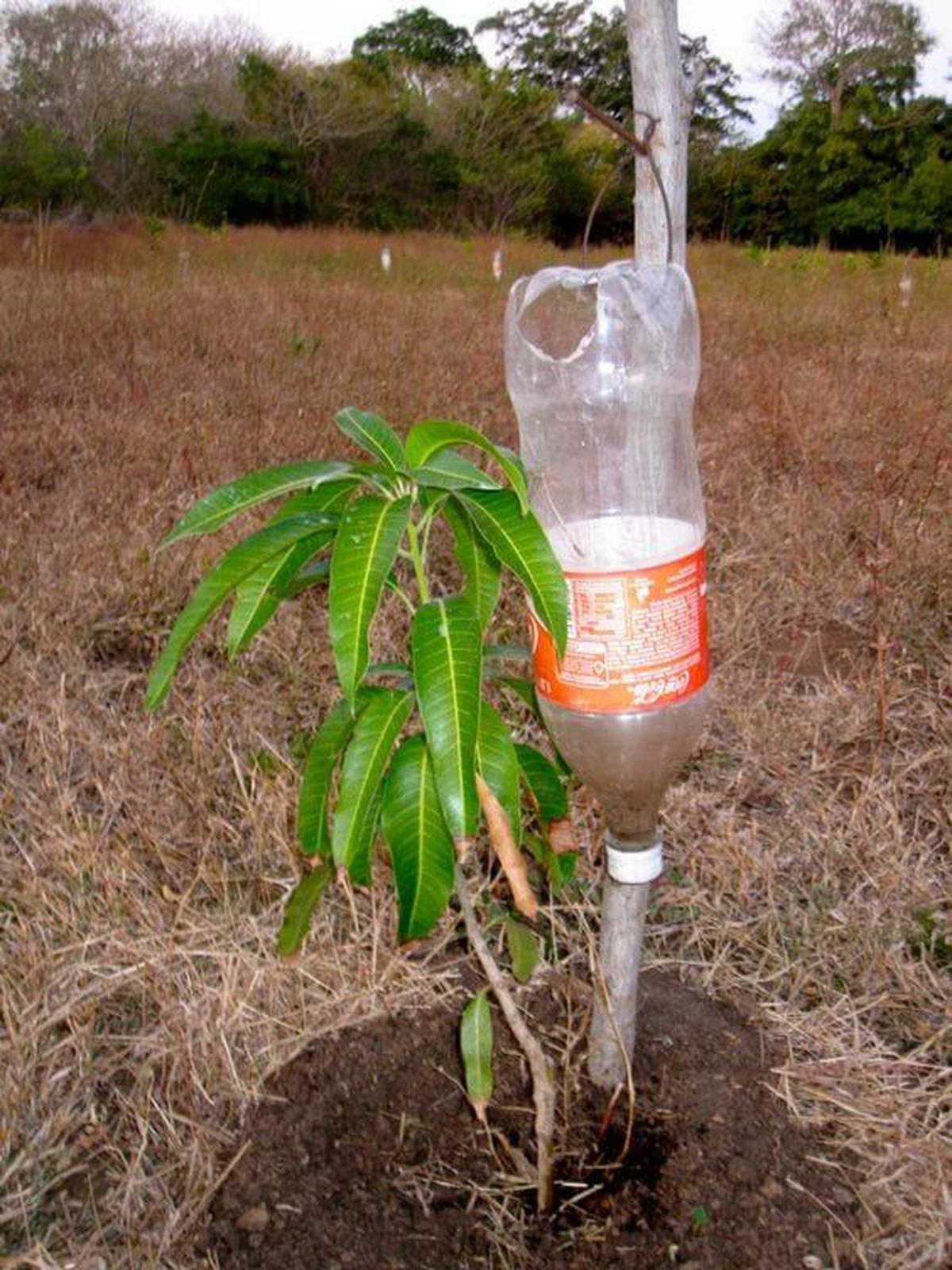
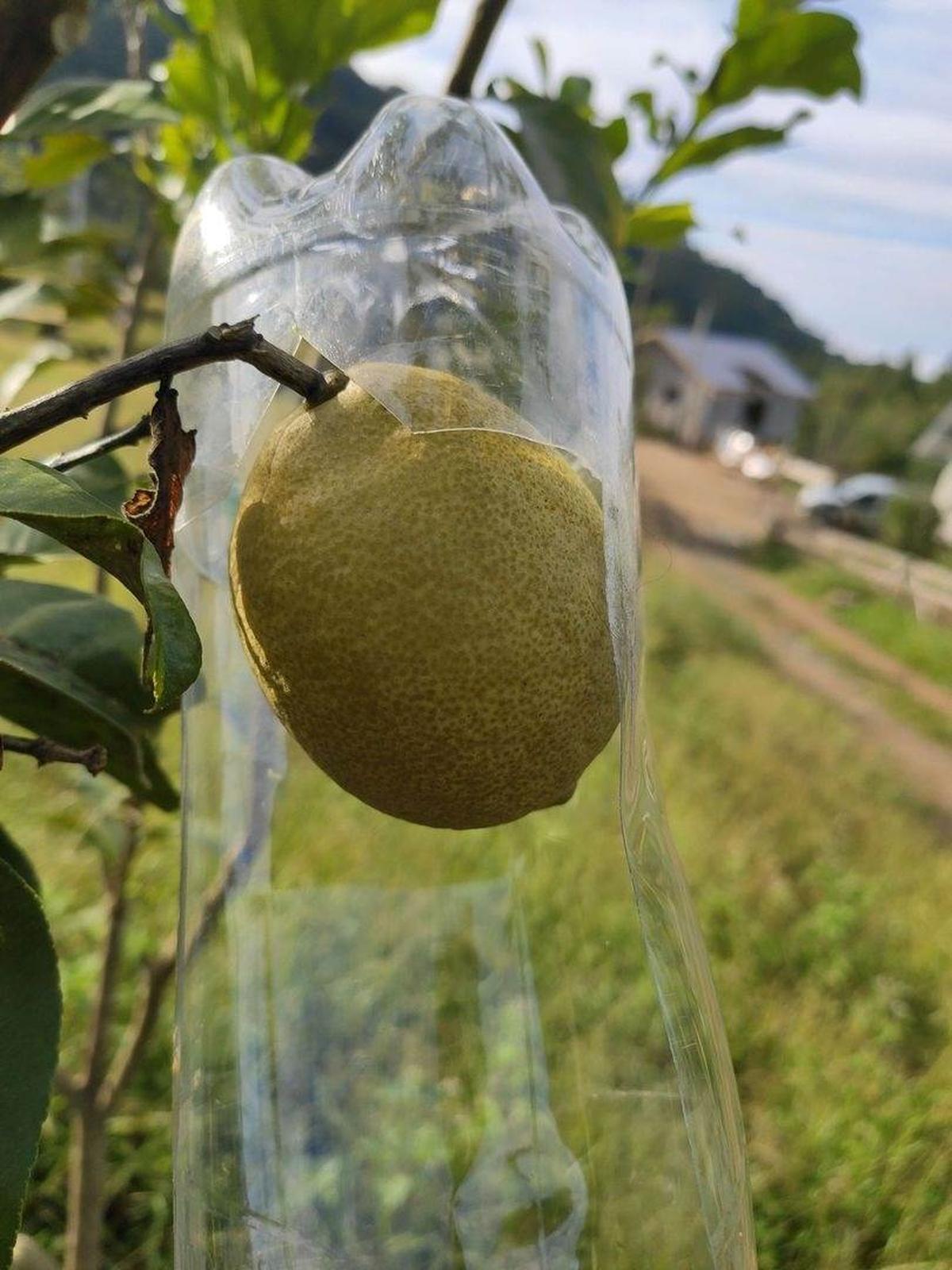
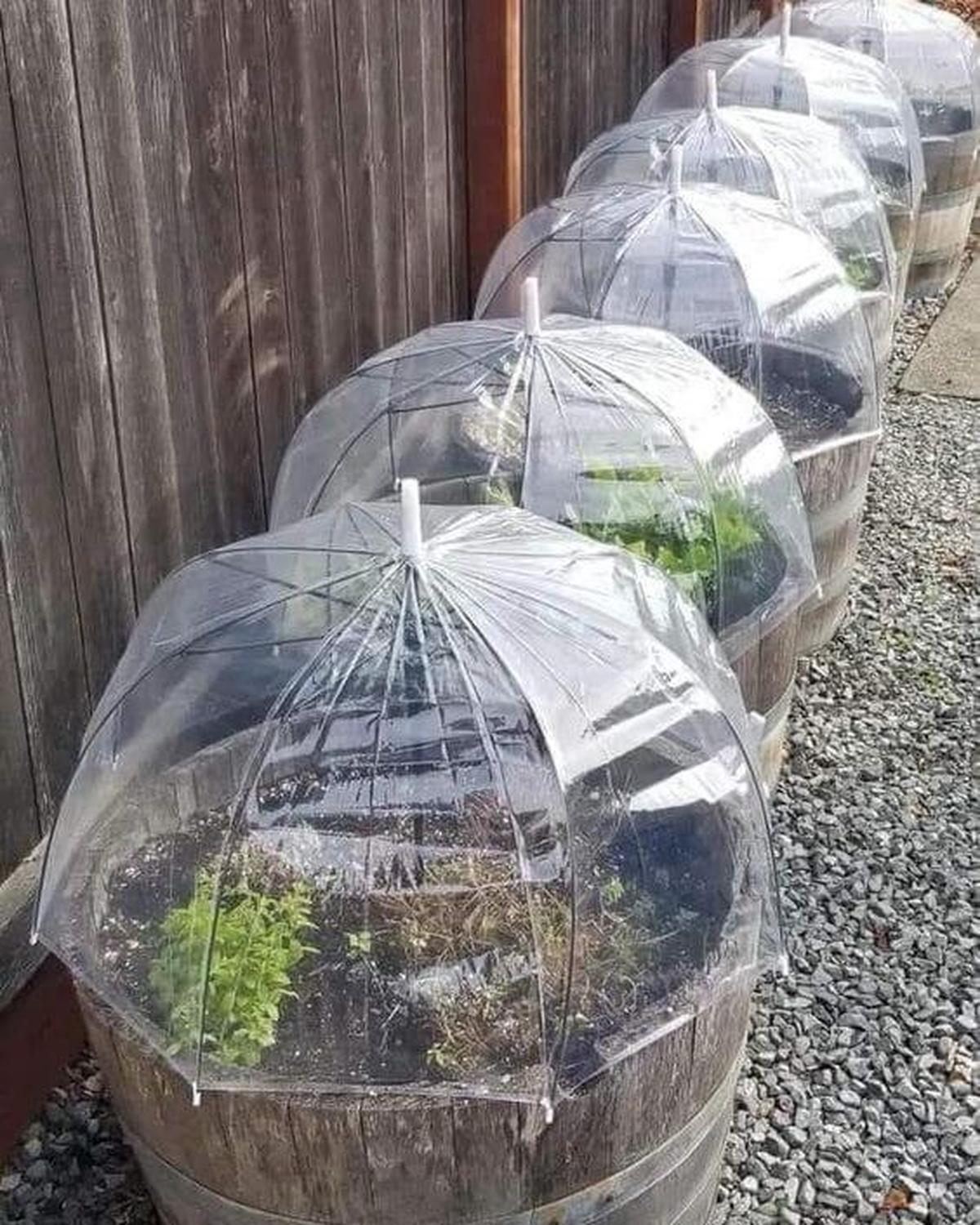
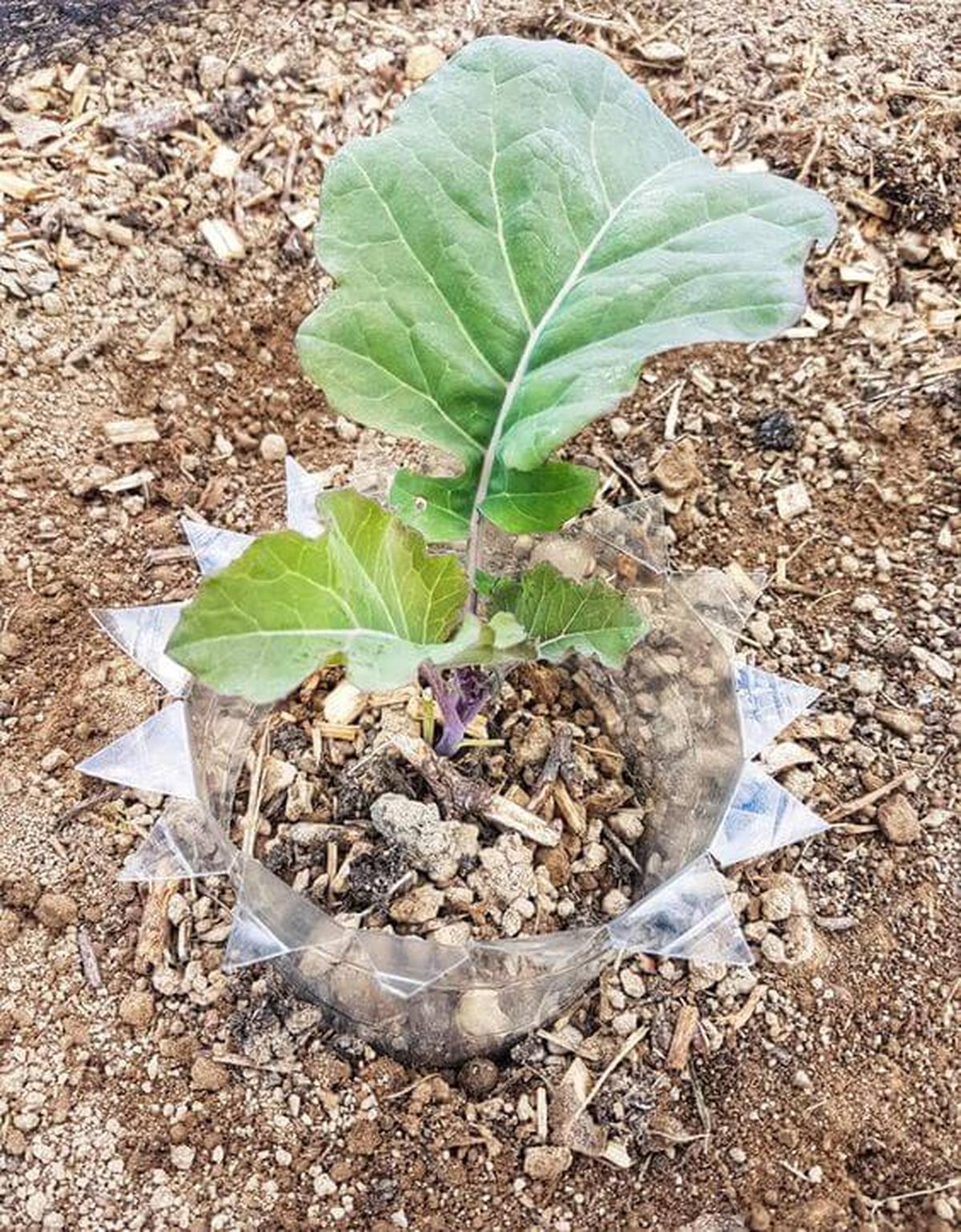
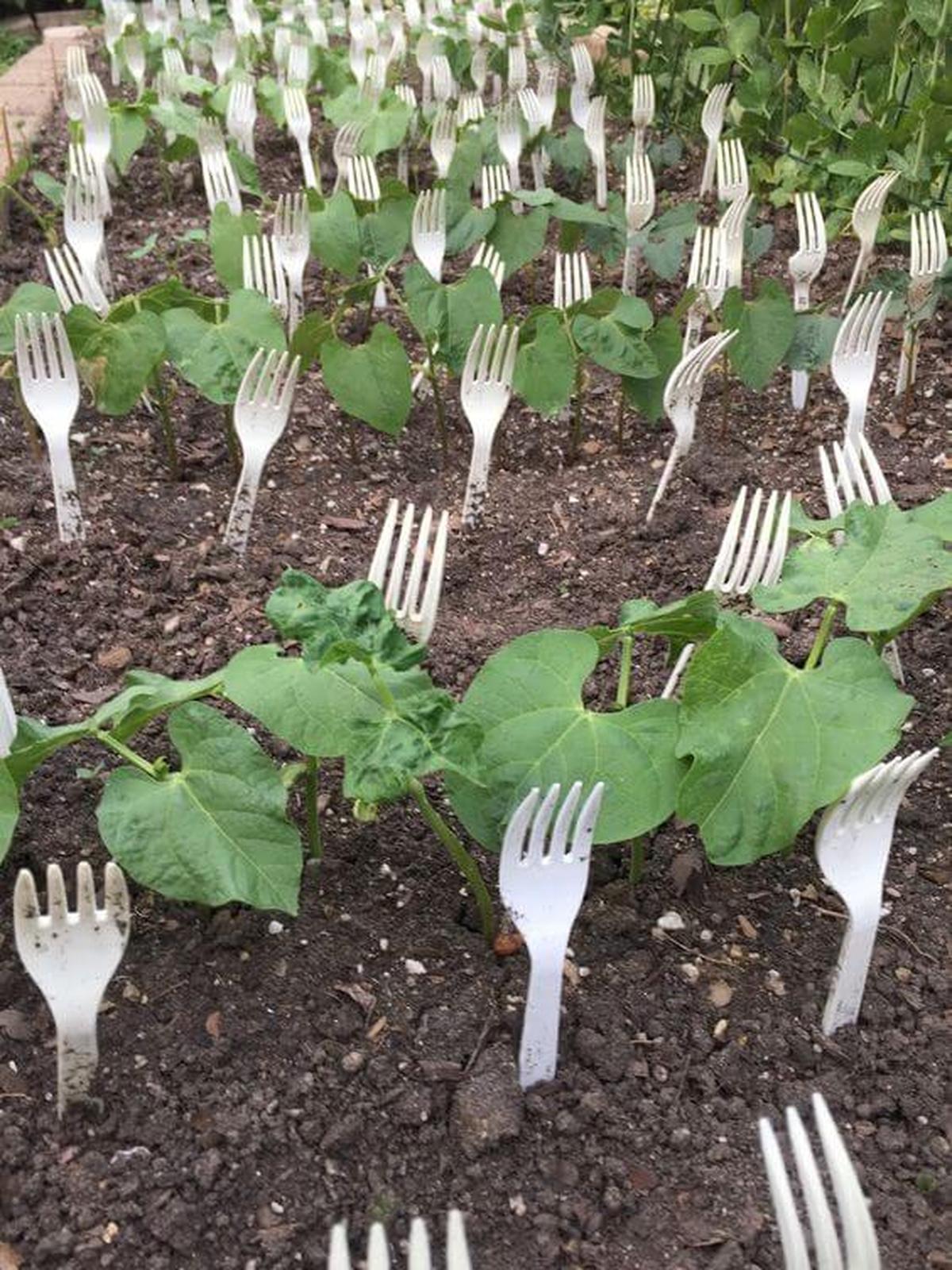
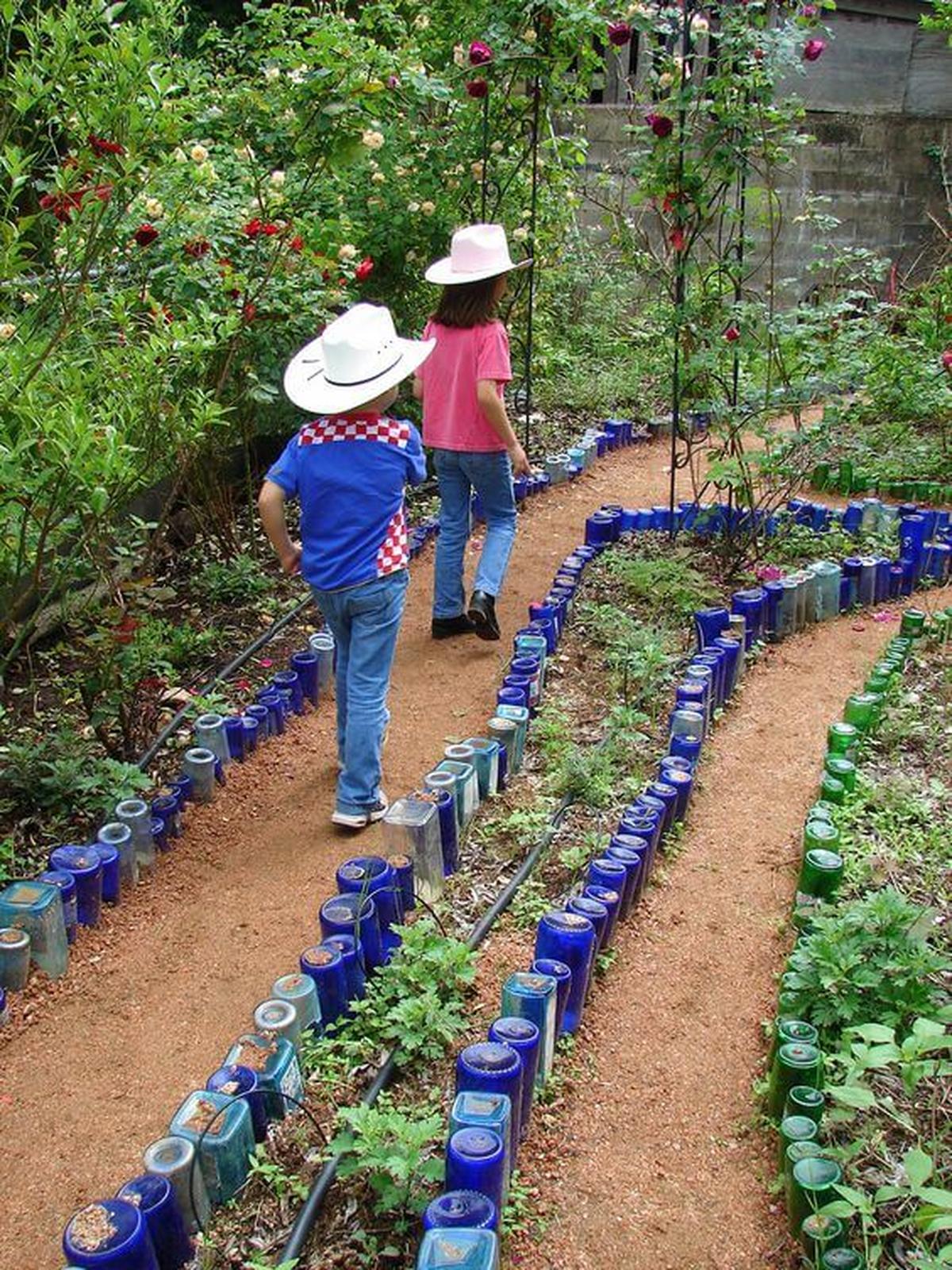
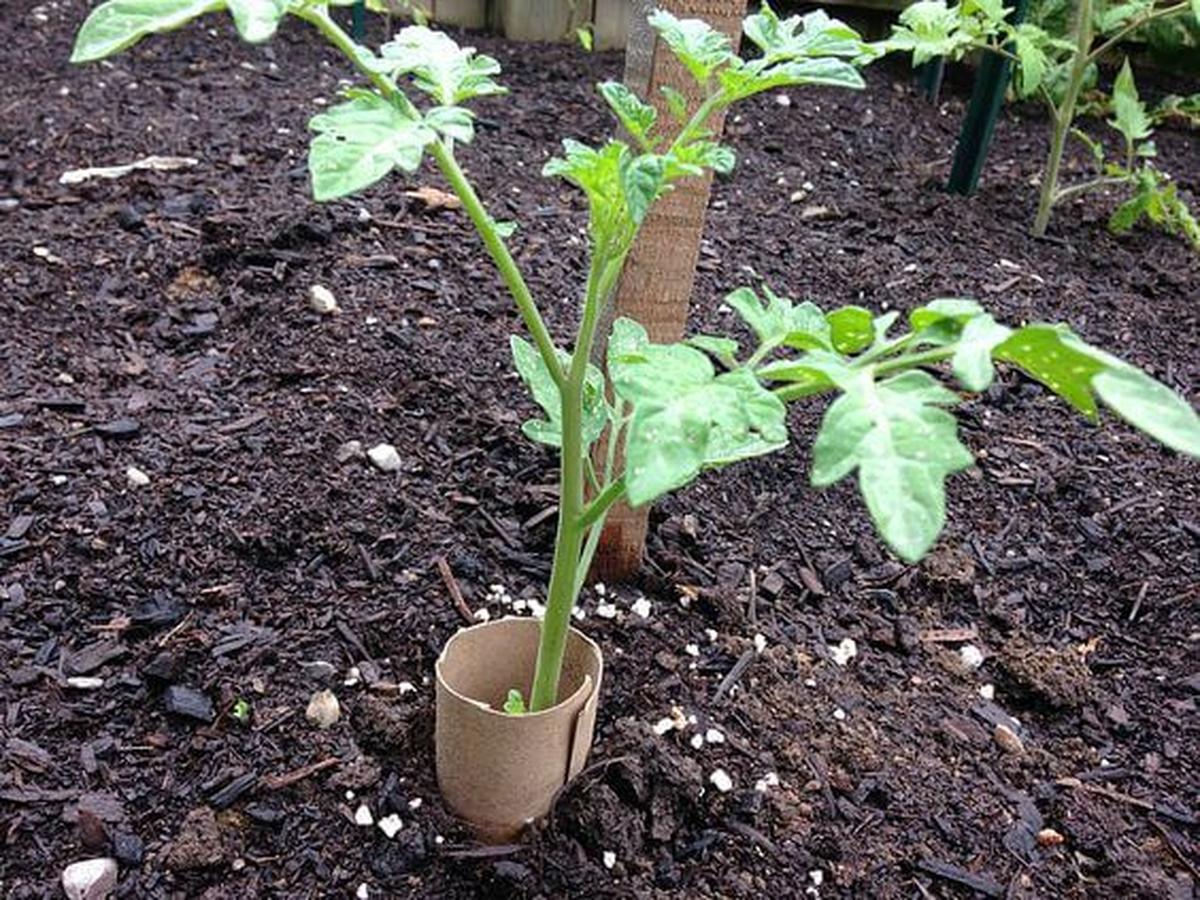
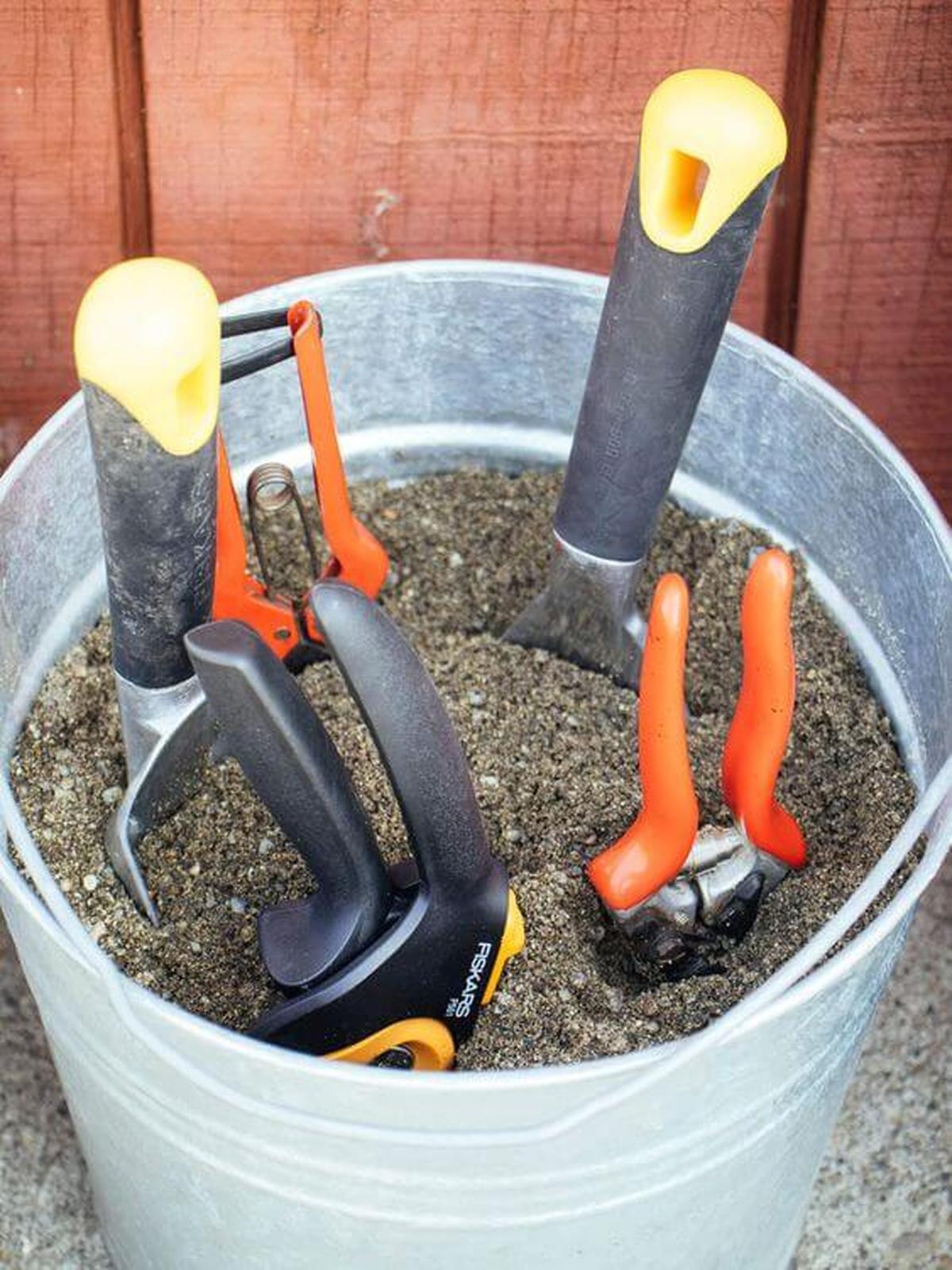
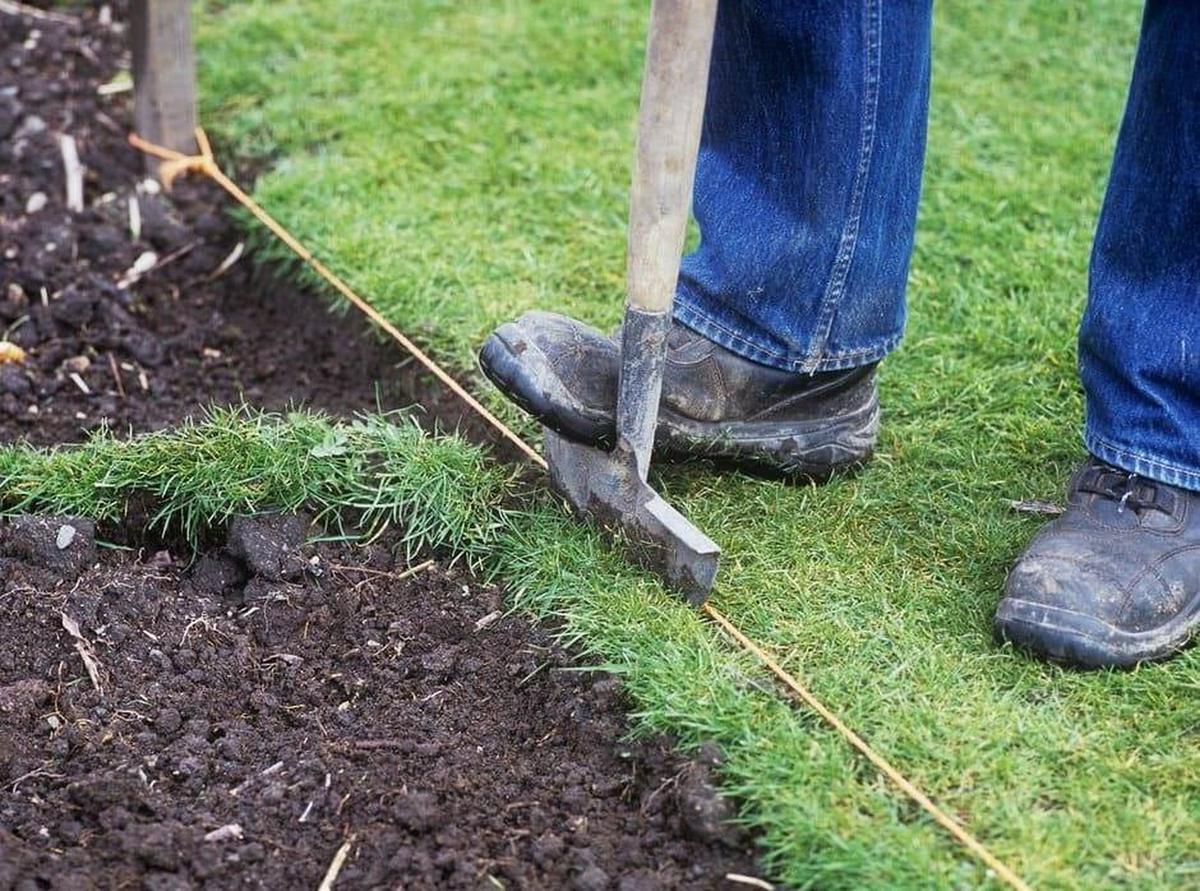
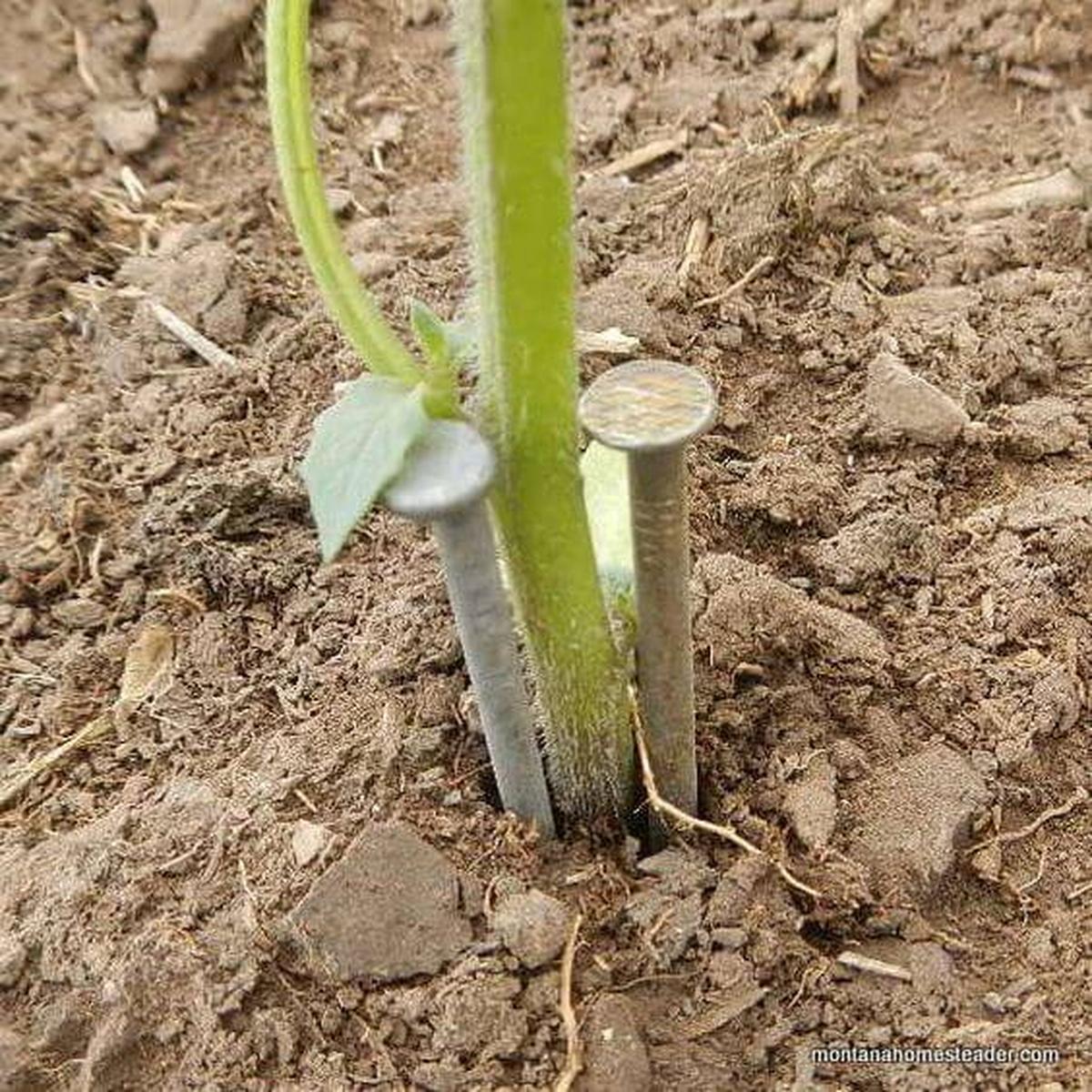
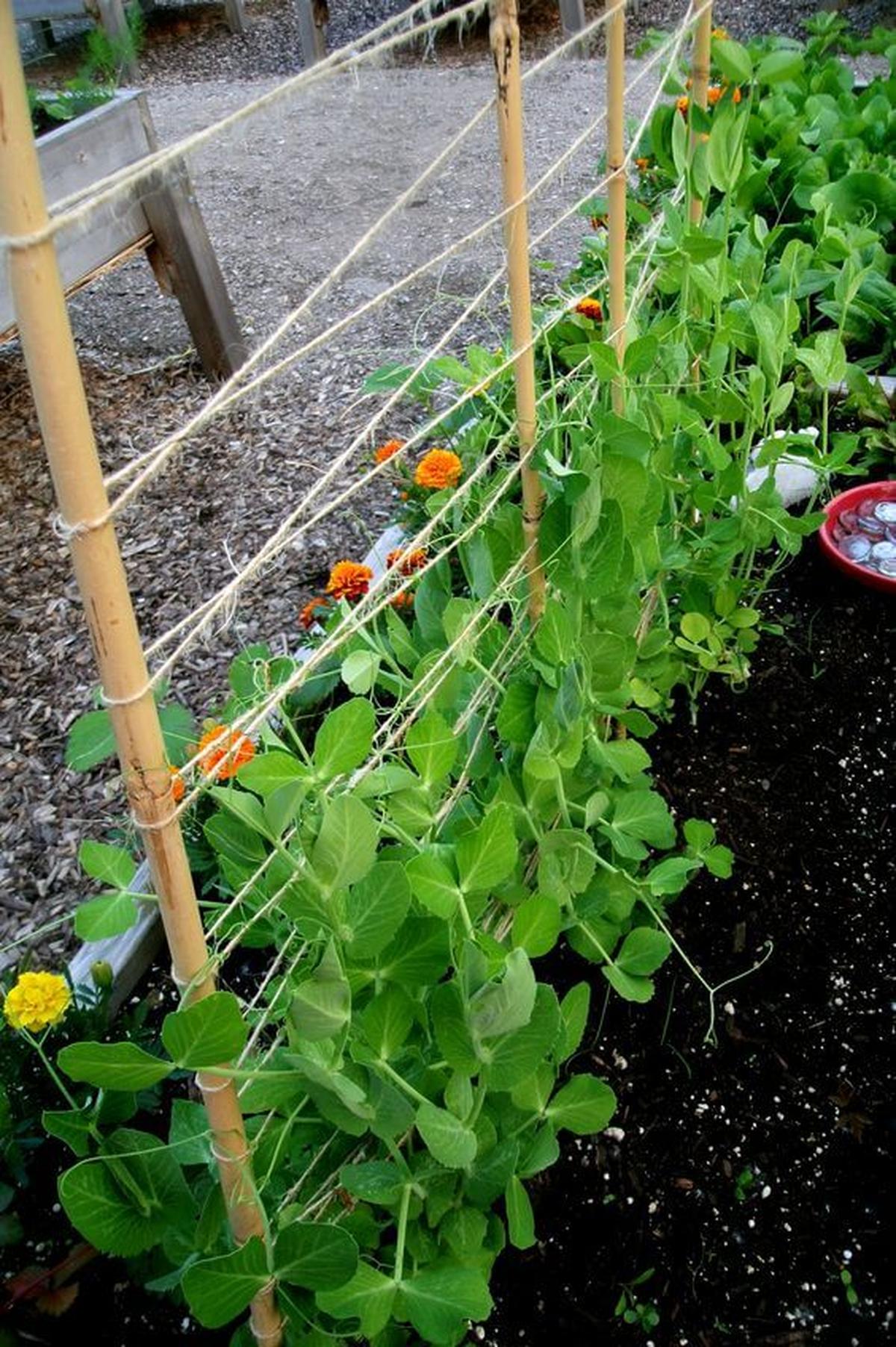
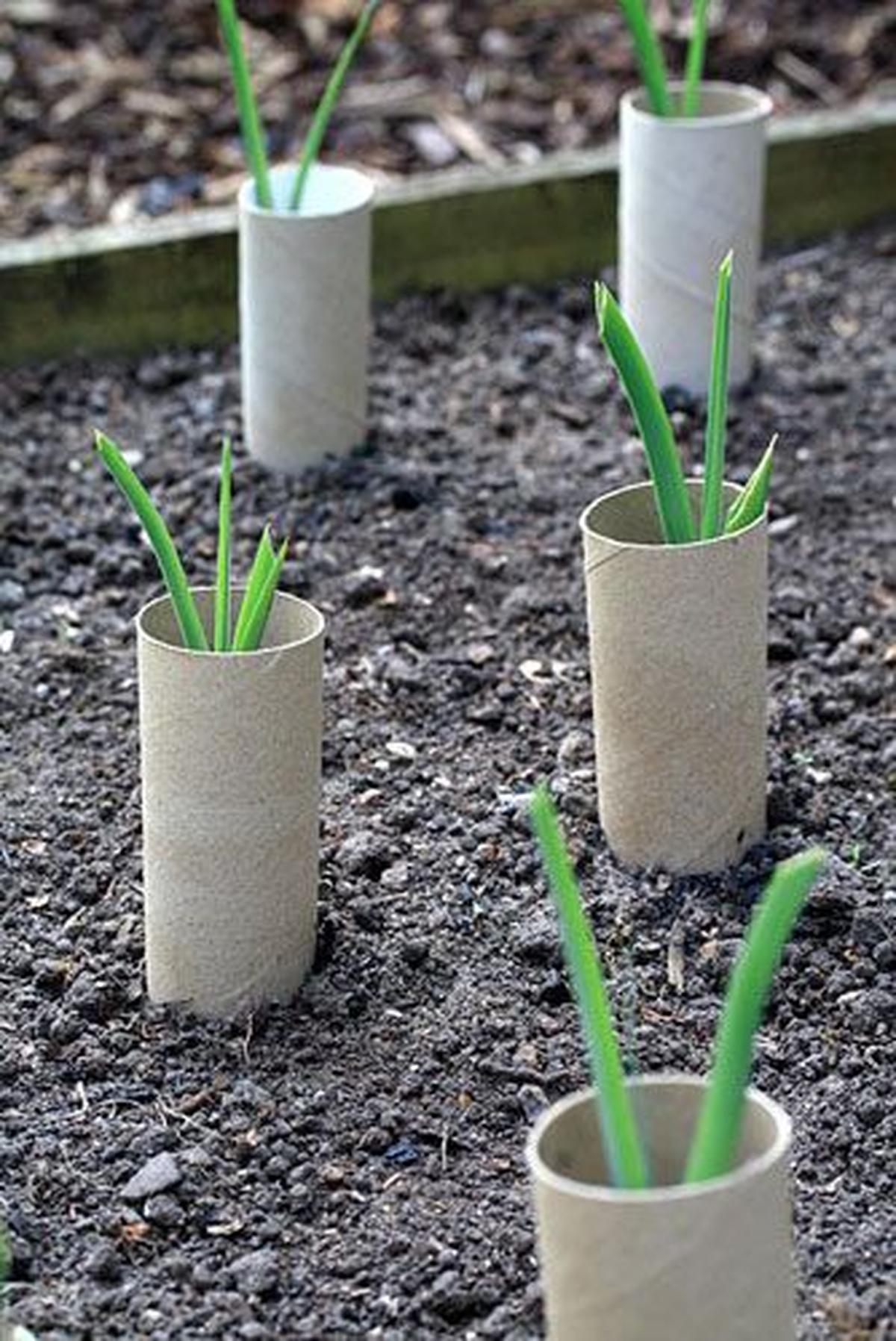
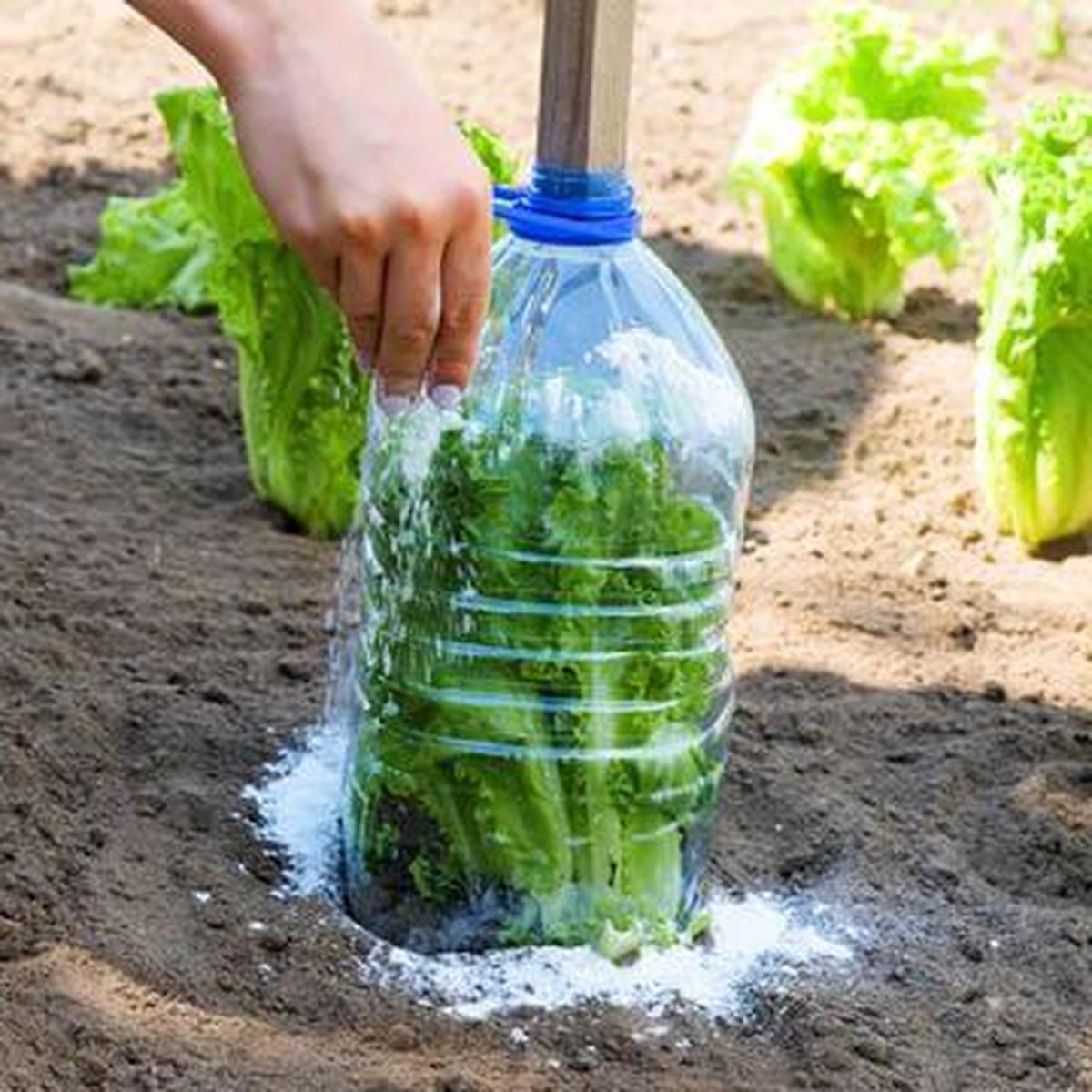
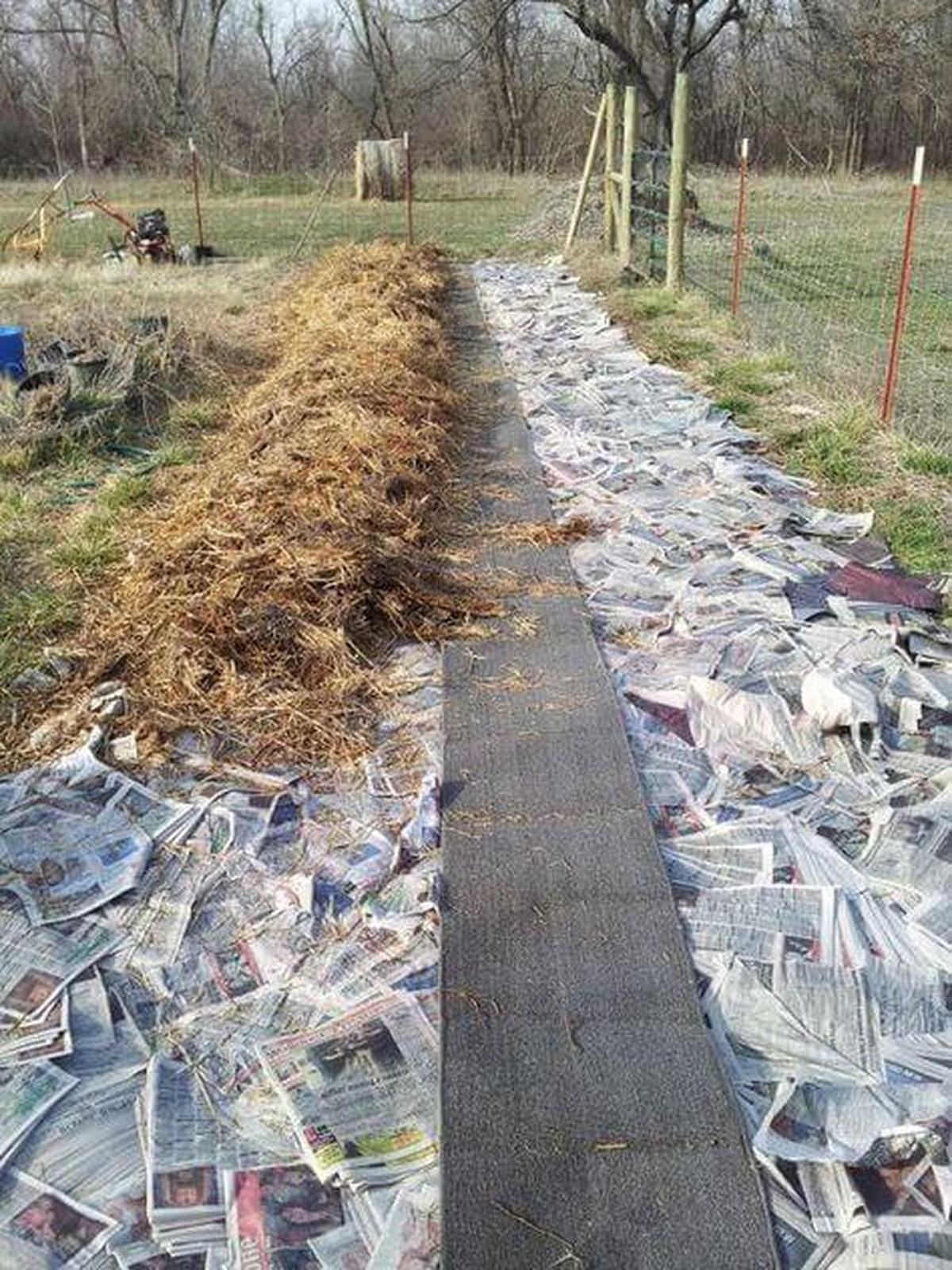
James Turner
Founder & Lead Designer
Expertise
Interior Design, Sustainable Design Practices, Spatial Planning, Innovative Material Applications, Contemporary Art Techniques, Visual Communication, Multimedia Artistry, DIY Design and Home Projects, Eco-Friendly Living Spaces, Creative Solutions
Education
University of Cincinnati College of Design, Architecture, Art, and Planning (DAAP)
Columbus College of Art & Design (CCAD), Columbus, OH
James Turner is the founder and lead designer at Velocity Art and Design. He studied Interior Design at the University of Cincinnati, focusing on eco-friendly design and smart use of space.
Later, he expanded his artistic skills with a Fine Arts Certificate from the Columbus College of Art & Design, where he learned about modern art and visual storytelling.
With over 10 years in design, James is passionate about making spaces that are both beautiful and practical. He shares his DIY tips and creative ideas to inspire others to explore their own creativity and transform their living spaces.